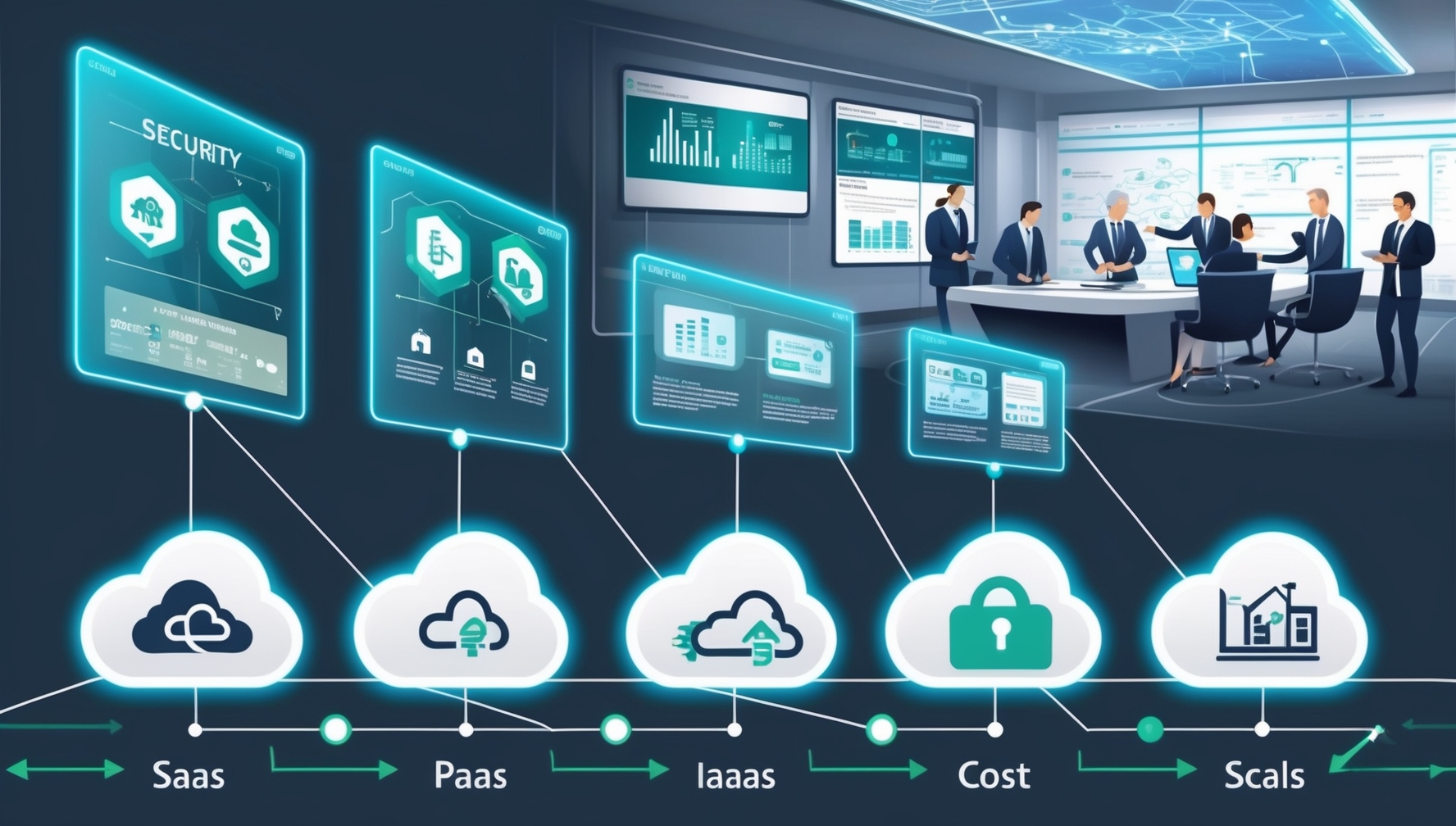Cloud computing has become a critical component of IT modernization, offering organizations new ways to manage and optimize their infrastructure. This Cloud Computing Overview provides a comprehensive look at how this technology can be leveraged, particularly in large-scale environments like government agencies. It discusses the essential service models—SaaS, PaaS, and IaaS—and deployment strategies, such as public, private, and hybrid clouds, emphasizing their transformative potential for reducing costs and improving service delivery.
Large organizations and government entities often operate with complex, resource-intensive IT infrastructures. These systems have been built up over decades, leading to significant inefficiencies and high maintenance costs. The traditional approach of owning and managing all hardware, software, and data centers has become increasingly unsustainable as technological demands and budgets tighten. There is a pressing need for scalable, flexible solutions that can handle the evolving requirements of modern operations.
Yet, the transition to cloud computing is not without its challenges. Security concerns remain paramount, as sensitive data stored offsite could be vulnerable to breaches. Additionally, the fear of vendor lock-in creates anxiety among decision-makers, who worry about being tied to a single provider’s ecosystem with limited options for flexibility. Compliance with regulatory standards adds another layer of complexity, particularly for government agencies protecting national and citizen data. These issues can cause hesitation and make leaders question the feasibility of moving to the cloud.
This Cloud Computing Overview outlines how organizations can overcome these obstacles through strategic planning and adopting robust governance frameworks. Organizations can select the solutions that best fit their needs by understanding and utilizing the different cloud models. The guide explains how virtualization, resource pooling, and rapid elasticity can optimize IT operations, reduce waste, and enhance responsiveness. It also addresses security by detailing leading cloud providers' best practices, such as data encryption, access controls, and compliance with international standards.
Embracing cloud technology can revolutionize how large organizations manage their IT resources. The insights in this overview equip decision-makers with the knowledge to make informed choices, balancing risk and reward while ensuring alignment with mission-critical objectives. By leveraging cloud computing effectively, agencies and enterprises can achieve a more agile, cost-efficient, and secure IT infrastructure, setting a strong foundation for future growth and innovation.
Main Contents:
- Explanation of cloud computing models, including Software as a Service (SaaS), Platform as a Service (PaaS), and Infrastructure as a Service (IaaS), and how each can be utilized effectively.
- Discussion of different deployment strategies, such as public, private, community, and hybrid clouds, and the benefits they offer for various organizational needs.
- Analysis of the advantages of cloud technology, including cost savings, scalability, and improved resource management, particularly in large-scale operations.
- Overview of common concerns, such as data security, vendor lock-in, and regulatory compliance, with strategies to mitigate these risks.
- Detailed guidance on the governance frameworks needed for successful cloud adoption, emphasizing planning, risk assessment, and service management.
Key Takeaways:
- Cloud computing provides scalable, flexible IT solutions that significantly reduce infrastructure costs and improve operational efficiency.
- Choosing the right cloud service model (SaaS, PaaS, or IaaS) addresses specific organizational needs and enhances service delivery.
- Deployment models (public, private, hybrid, or community) should be selected based on security requirements, scalability needs, and budget considerations.
- Addressing data security and compliance proactively is essential for protecting sensitive information and maintaining trust in cloud environments.
- Effective governance and strategic planning are key to maximizing cloud computing's benefits while minimizing potential risks and disruptions.
The Cloud Computing Overview is a valuable resource for CIOs and IT leaders seeking to modernize their infrastructure and address the challenges associated with traditional IT management. It provides strategic insights into how cloud technology can streamline operations, reduce costs, and improve service delivery while offering practical guidance for overcoming common obstacles.
- Strategic Model Selection: Use the Cloud Computing Overview to determine which service models (SaaS, PaaS, IaaS) best suit your organization's specific requirements, enabling efficient resource allocation.
- Informed Deployment Strategy: Leverage the insights on public, private, hybrid, and community cloud deployments to design an infrastructure that meets your security and scalability needs.
- Cost Optimization: Apply the guide’s analysis of cost savings to develop a financial strategy that reduces capital expenditure while improving operational flexibility and responsiveness.
- Risk Management: Use the document’s strategies for addressing data security, vendor lock-in, and compliance to ensure that cloud adoption aligns with regulatory standards and organizational policies.
- Governance Frameworks: Implement the governance recommendations to establish effective oversight and management of cloud services, ensuring accountability and continuous optimization.
The Cloud Computing Overview equips CIOs and IT leaders with the tools and knowledge to tackle real-world challenges, from managing costs and improving scalability to safeguarding data and ensuring compliance. By following the guidance, organizations can make well-informed decisions and achieve a smoother, more successful transition to cloud-based solutions.

